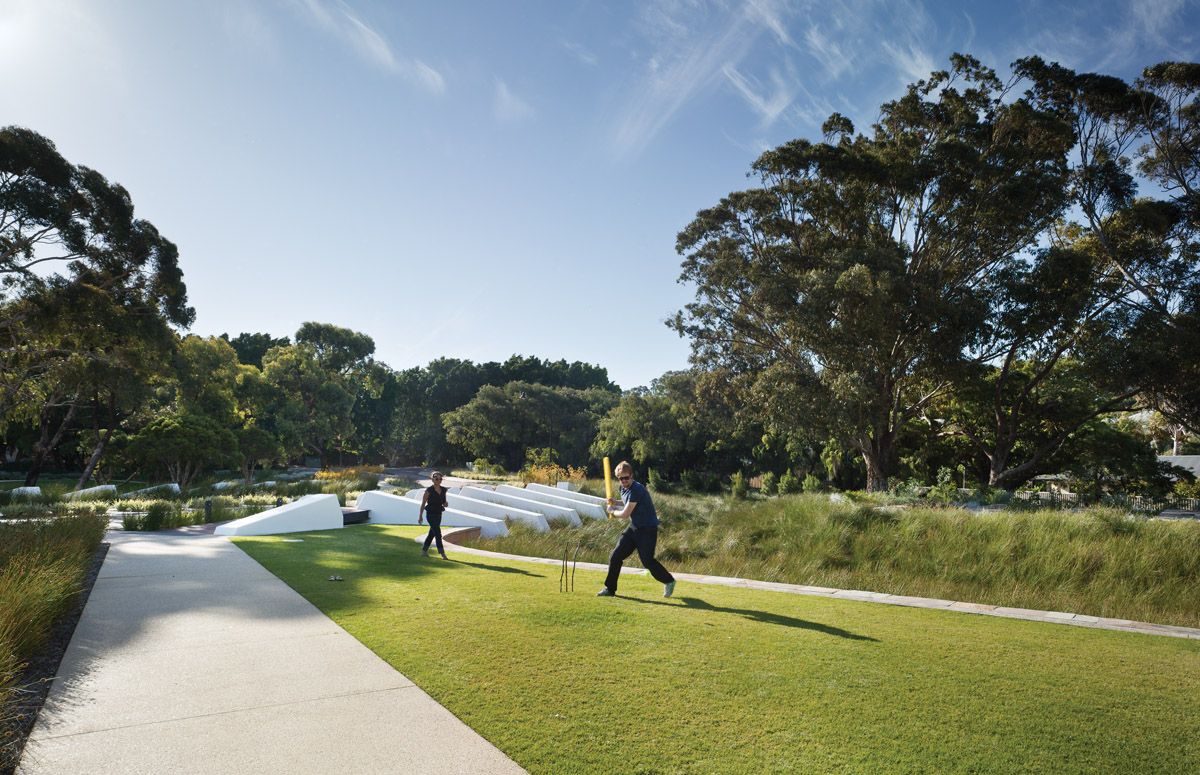Landscape's Meaning
Landscape's Meaning
There has been a great resurgence in the search for the finding of meaning in landscape architecture and the question of why this resurgence has even begun to happen. In the first reading of “Must Landscapes Mean? Approaches to Significance in Recent Landscape Architecture'' Marc Treib, gives one reason early on that caught my attention, and that was the rejection of history pointing to how American designers were able to start off with a “relatively clean slate” compared to “their European colleagues, who continually confronted history in the world around them.” Though not the same, American designers have been faced with plenty of design questions when it comes to history and the “baggage it carried.” As I was reading, I got hooked on something that was written on the second page; it reads "The received body of historical landscape architecture was taken as meaningless because of its significance to other places and other times." I got stuck on this because I disagree with this more than I agree with it. The way that I took this quote to mean, was more along the lines of that historical landscapes, have no purpose in today's world, with our modern problems, because they no longer fit into the context of the now urban and modern times, because the expectations of historical landscapes do not overlap with demands that are expected now for landscapes. I do think that we cannot keep solving today's modern problems with those of the past, but a lot can be accomplished by using the more historical landscape architecture that James Rose and Garrett Eckbo want to get rid of. Historical landscapes are incredibly beautiful and can transport you to a time, and "place" that you may never get the chance to go to, like Europe, where the more historical and classical gardens still reign. In my mind, I have this idea of exposure to landscapes being the same as going to a zoo. You get exposed to different cultures and parts of the world right in your own backyard. Yes, zoos contain animals and have no real response to the concept of time in comparison to culture or region, but landscapes do have that ability. To me, this discussion of having or rather stopping the creation of historical landscapes also brings up the idea of the more controversial statues that hold "historical" meaning but the history behind them is not the happiest. In that discussion, it's a question of whether it is history that should remain, or if there is more benefit of taking them down. That brings up the point of whether it is better to get rid of history and hide it or leave it and use it as a lesson. This is discussed a lot especially in the South when talking about plantation homes and architecture, and whether historical locations like these should be preserved, torn down, or how to go about the representation of the history behind it. The history behind it, or the meaning, still carries a presence in this area of the country and is one that should not be forgotten, like that of the historical landscapes. However, in this case of Southern plantation homes, and how they are displayed it's a discussion about ethics. In the Form Meaning Article with Olin, it mentions the Villa Lante, similar to the more upscale and traditional historical formal gardens of landscape architecture. There is a quote in that reading that talks about the meaning of landscapes and it says, "The content of 'meaning' of many of the most famous landscape designs of the past often was established through the use of works of sculpture and architecture that already references to particular ideas and other works or art, literature, landscape, or society.” Landscapes like these and similar evoke feelings of awe, amusement, delight, and maybe even reverence. That is what makes a piece of landscape architecture successful in my opinion, it is able to communicate, "non-verbally" and make a person feel and understand something from being in it. That is why the more historical and classical formal landscapes should not be completely thrown out of thought, they were successful in conveying a lot of different meanings. To be able to understand the meaning of landscape architecture you need to have an understanding of its past and history, and what the unspoken intentions were, that is why historical landscapes need to be kept in mind and not thought of as “baggage”. Because this “baggage” once spoke to the people of the time, and it still speaks to people, educating them, and transporting them to a time and place that they may never have the opportunity to go.

Comments
Post a Comment